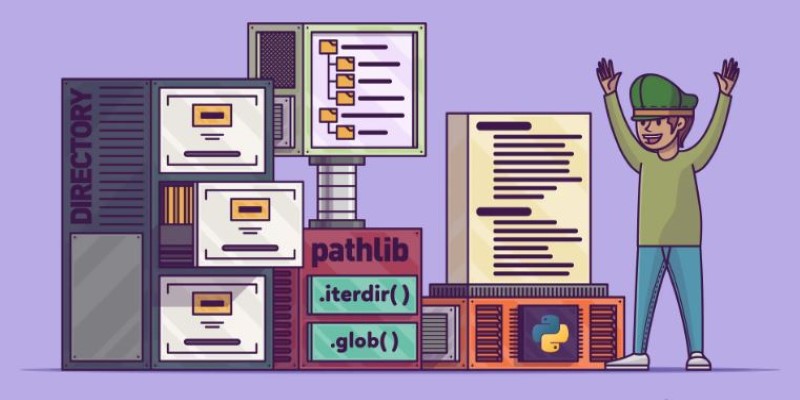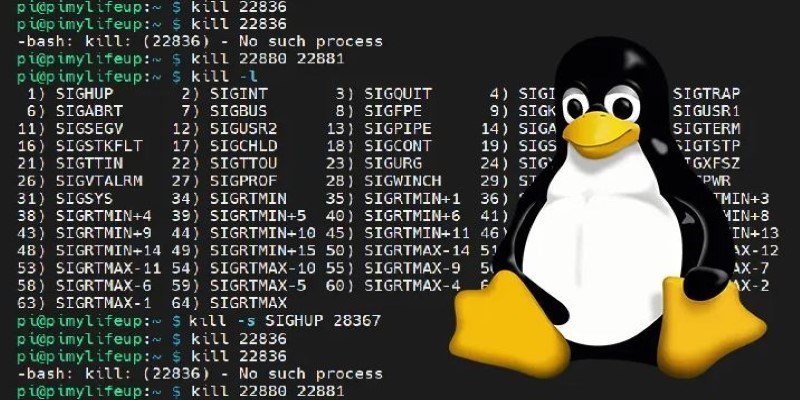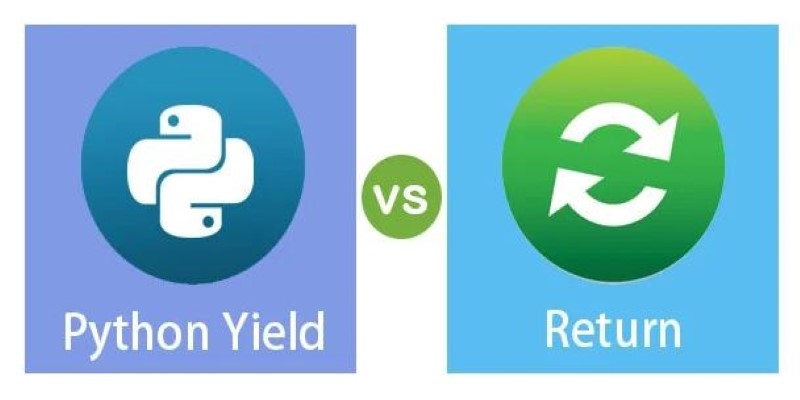Advertisement
When a chatbot goes off-script, the consequences can range from mildly amusing to flat-out dangerous. In recent years, more companies have integrated conversational AI into their apps and platforms, but keeping these bots on track hasn’t always been easy. Most developers have had to cobble together test scenarios or rely on manual oversight to ensure safety, clarity, and alignment with brand tone.
That’s where the Chatbot Guardrails Arena comes in. It’s not just another sandbox or testing tool—it’s a focused environment that helps test, compare, and stress AI assistants against safety, factuality, tone, and policy compliance, all in one place.
The Chatbot Guardrails Arena is an open-source framework that enables users to submit chatbot prompts and compare responses from various AI models under controlled conditions. Think of it as a quality assurance lab specifically designed for conversational AI. Instead of testing for bugs or performance lag, it looks at things like whether a chatbot gives out private information, recommends something dangerous, or slips into an inappropriate tone. This setup gives developers a clear view of how models behave when pushed, whether by accident or by design.
The Arena accepts contributions from a wide community, including developers, researchers, and policy teams. Anyone can submit a prompt, which then becomes part of a larger shared dataset. These prompts are often edge cases—questions or scenarios designed to catch AI systems off guard. The purpose isn’t to trick the AI just for sport. It’s to highlight where improvements are needed before the bot goes live in the real world.
Models are scored using several built-in metrics. For example, if the prompt is sensitive, the Arena might check whether the model declines to answer. If the prompt is policy-related, it might test whether the chatbot gives correct, up-to-date responses. The scoring isn't binary. It's not just pass or fail. It’s often a sliding scale of how well the answer met expectations. This gives room for nuance and comparative evaluation between models.
A key part of what makes the Chatbot Guardrails Arena useful is that it doesn’t cater to a single AI provider or engine. It’s built to be model-agnostic. You can test an open-source LLM side by side with a proprietary one, using the same prompts and the same review criteria. That makes it easier to benchmark models fairly, especially in sensitive domains like healthcare, finance, or education.

It's also open for anyone to use, not just enterprise teams or academics. The interface is simple: upload a prompt, choose the models to compare, and view the outputs. Reviewers can manually score results or use automated evaluation tools. Because it's GitHub-based and open to contribution, the dataset is growing fast—and with it, the ability to catch more types of failure.
By being community-led, the Arena has become a kind of collective nervous system for the chatbot space. Developers don’t have to test everything from scratch. They can pull from real-world edge cases others have submitted. Likewise, they can watch how different models handle those same cases, giving insight into whether newer versions of an LLM actually solve earlier safety gaps.
Before the Arena, most chatbot safety work was baked into the prompt or system message. Developers would hardcode things like "Do not give medical advice" and hope the model followed instructions. This worked up to a point, but it lacked flexibility. If a user asks something slightly reworded or more subtle, the bot might still slip.
The Chatbot Guardrails Arena encourages a shift from these hardcoded commands to more adaptable, data-driven evaluations. Rather than assuming a model will always follow instructions, the Arena tests how well it handles a variety of sensitive or high-risk prompts. These include ethical issues, misinformation, user manipulation, and more.
It also allows safety strategies to evolve over time. Instead of locking rules into the prompt forever, developers can review how models behave, make updates, and re-test. This iterative loop helps chatbots grow safer as they become more complex.
The secondary keyword—open contribution—is important here. The more diverse the test cases, the better chance a model has of staying aligned in unpredictable conversations. Open collaboration creates a shared resource that benefits everyone working in the chatbot space.
While the name may sound niche, the impact of the Chatbot Guardrails Arena goes well beyond debugging chat interfaces. It’s shaping how we think about model alignment and responsible deployment. As AI becomes part of more areas—medical support, customer service, learning tools—the margin for error gets smaller. People expect these bots to handle pressure well. They expect clarity, accuracy, and a consistent tone.

By running shared tests and making results visible, the Arena raises the bar for safety. It's not just about catching big mistakes—it's about improving everyday chatbot behaviour. This helps teams move beyond guesswork or vendor promises. They get test results grounded in realistic prompts.
There's growing interest from policy makers and standards groups. A shared test set could eventually support safety certifications. Common benchmarks across the industry might reduce the kind of AI failures that erode trust. The Chatbot Guardrails Arena isn't a finished product, but it's a strong step toward more predictable chatbot behaviour.
Some developers now use the Arena to test fine-tuned internal models. Instead of assuming their tweaks improve safety, they run updated models through guardrail tests to check. This kind of feedback loop helps keep models steady, especially in teams that update often.
The need for reliable chatbot behaviour isn't going away. More platforms are relying on conversational interfaces, and users expect those conversations to be helpful, safe, and appropriate. "Introducing the Chatbot Guardrails Arena" isn't about hype—it's about making chatbots less brittle, less unpredictable, and more trustworthy in practical settings. By offering a shared testing space that's both open and flexible, the Arena gives developers a better handle on model behaviour before it causes problems. It invites a community-wide effort to raise the quality bar in chatbot design—and that's something the entire AI ecosystem can benefit from.
Advertisement

Discover Nvidia’s latest AI Enterprise Suite updates, featuring faster deployment, cloud support, advanced AI tools, and more

Learn how to list files in a directory using Python with clear and practical methods. Covering os, glob, and pathlib, this guide is all you need to get started

Explore how Microsoft’s KOSMOS-2 blends language and visual inputs to create smarter, more grounded AI responses. It’s not just reading text—it’s interpreting images too

Meta's new AI boosts computer vision tools' speed, accuracy, and ethics across healthcare, retail, and real-time visual systems

Introducing ConTextual: a benchmark that tests how well multimodal models reason over both text and images in complex, real-world scenes like documents, infographics, posters, screenshots, and more

How to run a chatbot on your laptop with Phi-2 on Intel Meteor Lake. This setup offers fast, private, and cloud-free AI assistance without draining your system

How to kill processes in Linux using the kill command. Understand signal types, usage examples, and safe process management techniques on Linux systems

How llamafiles simplify LLM execution by offering a self-contained executable that eliminates setup hassles, supports local use, and works across platforms

Learn the basics and best practices for updating file permissions in Linux with chmod. Understand numeric and symbolic modes, use cases, and safe command usage

Dell and Nvidia team up to deliver scalable enterprise generative AI solutions with powerful infrastructure and fast deployment

Explore CodeGemma, Google's latest AI model designed for developers. This open-source tool brings flexibility, speed, and accuracy to coding tasks using advanced code LLMs

Understand what are the differences between yield and return in Python. Learn how these two Python functions behave, when to use them, and how they impact performance and memory